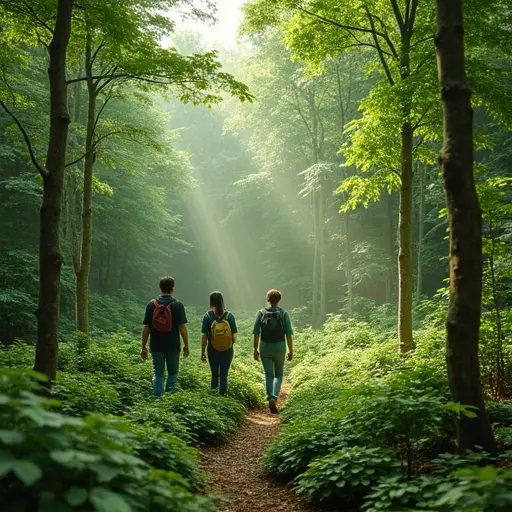
The Rise of Mini Ecosystems
What started as an urban biodiversity innovation in Japan is now transforming cities worldwide. The Tiny Forest movement, inspired by botanist Akira Miyawaki's method, creates dense native woodlands in spaces as small as a tennis court. These micro-forests grow 10 times faster than conventional trees by packing up to 3 trees per square meter. "It's like turbocharging nature," explains ecologist Charles Reith.
Global Growth in 2025
Recent initiatives show explosive growth:
- Gannon University is planting 500-2,000 native trees in Pennsylvania this fall
- Florida's Sarasota Urban Reforesters created 3 micro-forests in 2023 alone
- SUGi organization has established 184 pocket forests across 24 countries
Environmental Superpowers
These mini-ecosystems pack serious environmental benefits:
- Absorb 30x more CO2 than grass lawns
- Reduce urban temperatures by up to 5°C
- Manage stormwater runoff 5x better than concrete
- Attract pollinators and endangered species
How Communities Are Joining
The movement thrives through local partnerships. Schools like Mangrove School of Sarasota incorporate them into curricula, while universities use them for research. "Our Tiny Forest creates hands-on learning about sustainability," says Sherri Mason from Gannon University's Project NePTWNE. Citizen groups can start micro-forests through organizations like SUGi or local urban forestry nonprofits.

 Nederlands
Nederlands English
English Français
Français Deutsch
Deutsch Español
Español Português
Português


